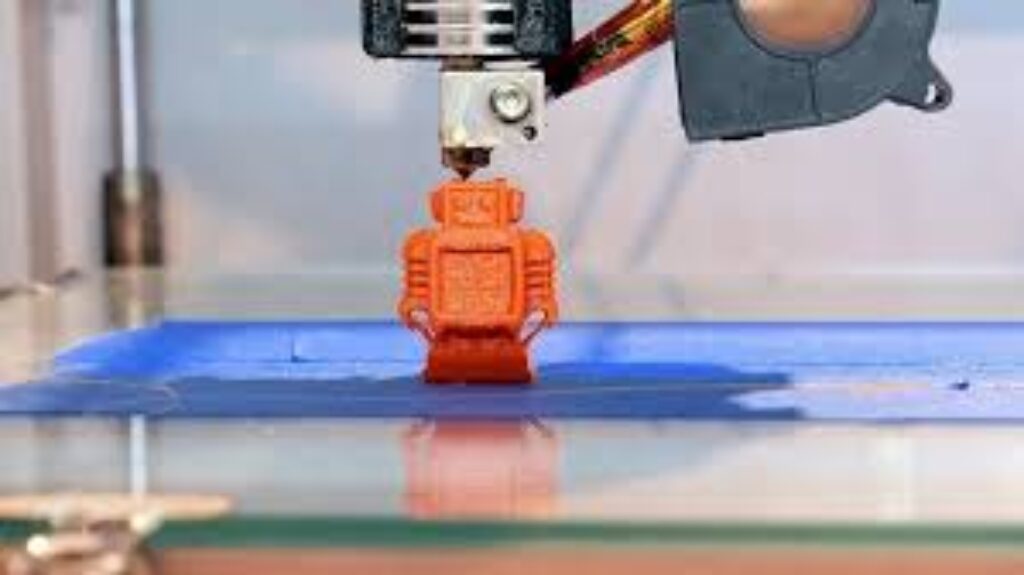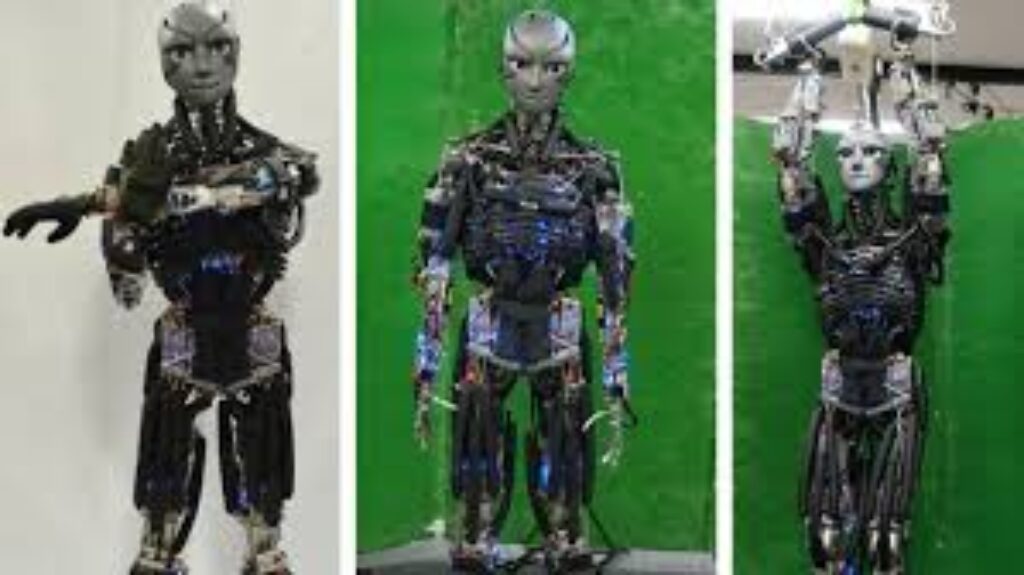
Researchers build pliable robots that can move directly from the 3D printers that produce them
In a major leap toward autonomous machines and streamlined manufacturing, scientists have developed a new class of pliable, functional robots that come to life the moment they emerge from a 3D printer. These soft-bodied bots don’t require traditional assembly or separate power systems — they’re printed with everything they need to start crawling, gripping, or flexing right away.
This innovation brings us one step closer to a future where robots aren’t just built — they’re printed and ready to move.
From Printer to Performance
Typically, creating a robot involves multiple steps: designing the components, printing or fabricating them, assembling the pieces, adding motors, and programming their behavior. But researchers from leading engineering institutions have collapsed that entire process into a single-step 3D printing approach.

Using advanced multi-material 3D printers, the team has successfully fabricated soft robots that include both flexible structures and embedded actuators — components that allow movement. What makes this even more groundbreaking is that these robots can begin moving as soon as they are printed, without the need for external motors or batteries.
How It Works: Printing Motion
The secret lies in integrated actuation systems and responsive materials. During the printing process, the robot’s body is formed from soft, pliable polymers, while specific sections include materials that respond to stimuli like heat, electricity, or air pressure. When triggered, these areas contract, expand, or flex, creating motion.
In some designs, the researchers used:
- Shape memory alloys or thermally responsive polymers that change shape with temperature.
- Pneumatic chambers that inflate or deflate to mimic muscle-like movements.
- Embedded conductive traces to deliver electrical signals within the robot’s printed “nervous system.”
The result is a self-contained robot that can crawl, curl, or grip objects — all without requiring assembly or external components.
Why Soft Robotics Matter
Unlike traditional robots made from rigid metal or plastic, soft robots are composed of flexible, skin-safe materials. This gives them unique advantages:
- They can safely interact with humans.
- They navigate uneven terrain more easily.
- They can be compressed or deformed without damage.
Soft robotics is especially promising in fields like:
- Medicine, where soft robots might be used for minimally invasive procedures or rehabilitation aids.
- Search and rescue, where pliable robots can squeeze through debris or collapsed structures.
- Wearable tech, where movement and comfort are critical.
The ability to print these robots in one go simplifies production and opens the door to on-demand robotics, especially in remote or emergency scenarios.
Potential Applications
This technology is still in early stages, but the implications are vast. Imagine being able to:
- Print a robot in space aboard a spacecraft to perform a repair.
- Deploy soft bots in disaster zones using mobile 3D printers to create tools for search operations.
- Print medical devices in hospitals tailored to a patient’s body or therapeutic needs.
Even in everyday use, consumers might one day print household helpers or toy robots directly from a home 3D printer — pre-programmed and ready to roll.
Challenges and Future Directions
While the progress is impressive, there are still hurdles to overcome:

- Power and control: These robots still need ways to carry energy or be wirelessly powered for independent operation.
- Durability: Soft materials wear down faster than hard ones, especially under stress or in outdoor environments.
- Precision: Movement and control are more limited compared to traditional robotic arms or wheels.
Researchers are actively working on embedding smarter control systems, including microcontrollers and wireless sensors, directly into the printing process. As materials science and 3D printing technologies evolve, so too will the complexity and capabilities of these pliable bots.
The Rise of Printable Robotics
The idea that a machine could crawl off the 3D printer and begin working immediately once sounded like science fiction. Today, it’s becoming a scientific reality.
These soft robots — printed in one step, powered from within, and immediately operational — represent a shift not only in how we build robots, but in how we think about machines. They’re adaptable, accessible, and on-demand. And as researchers continue to refine this technology, we may soon live in a world where robots are printed as easily as paper documents.
The future of robotics might not be built — it might be printed.








